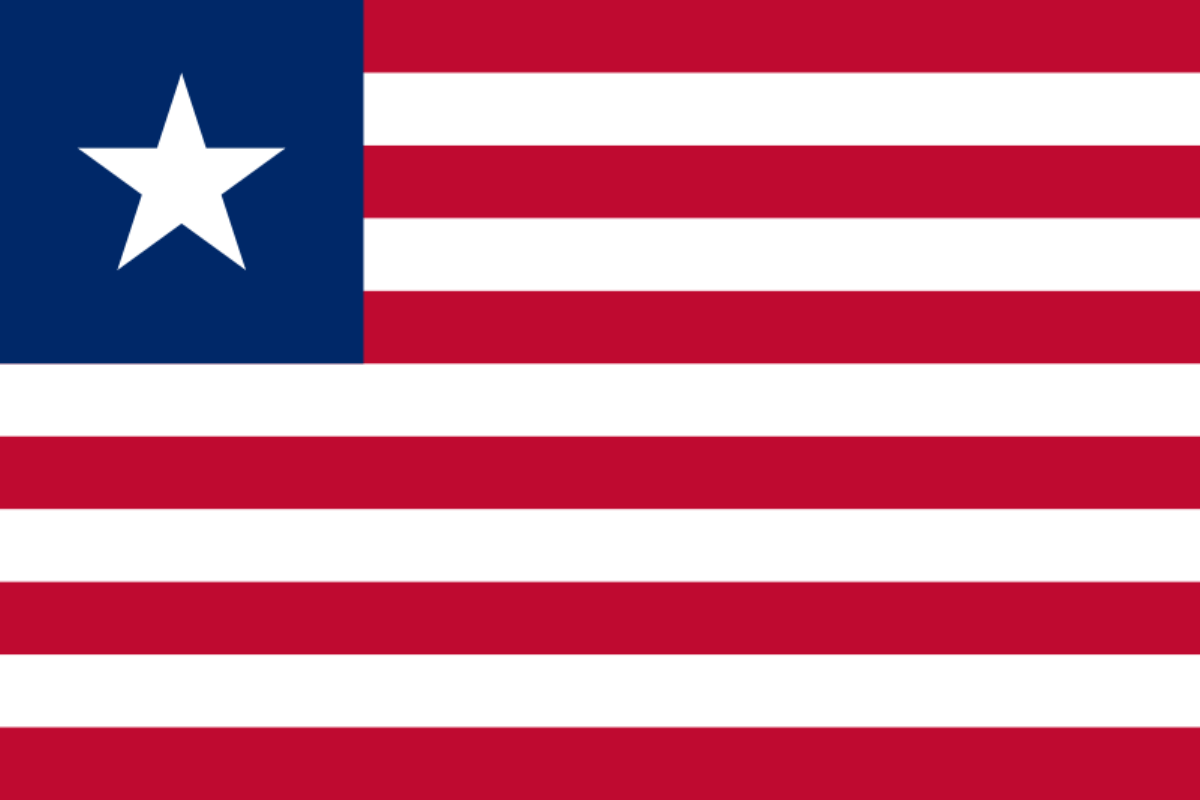The national animal of Liberia is the lion. This is among the most important animals in all of Africa, both literally and symbolically, and thus it is equally important in Liberia. The lion represents many things to the people of Liberia and is seen as one of the key members of the local ecosystem.
It’s hard to overstate the importance of lions, symbolically, in human history.
Virtually any culture that had any awareness of their existence placed some symbolic significance in them.
It is one of the most widely recognized symbols in all of human culture today, and this is just as true in Liberia as anywhere in Africa.
Let’s find out more.

What is the national animal of Liberia?
The national animal of Liberia is the lion.
This, again, is one of the most important natural symbols in the world to so many different human cultures.
They are a species of large cat native to Africa, and they are broad-bodied and muscular.
They have a short, rounded head, round ears, and the males sport the iconic mane which is perhaps their most recognizable feature.
They are a very social species which is somewhat unusual among big cats that are, more often than not, solitary in nature.
They live in large social groups called prides, sometimes as strong as 20 individuals.
These groups consist of hunting females and a few males, as well as their young.
They are, naturally, an apex predator, but also what is called a keystone predator.
This means that they have a disproportionately large effect on their environments through hunting and many species are effectively kept in check by the lion.
They inhabit a wide range of habitats, though prefer grassland, shrubland, and savannah.
They tend to be diurnal, though are also able to adapt to nocturnal living when pushed to it.
They are second only to tigers in size, though their size will range a lot depending on where they live.
They are anywhere from 63 to 82 inches long from the head to the backside, with a tail around 28 to 36 inches long.
They can range in weight from about 260 to 500 pounds.
They hunt a wide range of ungulates such as gazelle and zebra.
Hunting typically takes place in large, well-coordinated groups of females which can employ fairly elaborate hunting tactics.
When times are tougher, they may even target prey as large as giraffe.
As we can see, then, they are powerful both literally and symbolically—so why are they the national animal of Liberia?
Why is the lion the national animal of Liberia?
The lion is the national animal of Liberia for several reasons.
As mentioned, they have held symbolic significance for many reasons to almost all cultures over time.
They are seen as the very image of strength, power, courage and boldness, and are commonly thought of as the kings of the animals.
At the same time, they are not simply powerful brutes, but graceful, stalking hunters as well, intelligent and surreptitious, embodying both strength and grace.
On the other hand, they are more literally seen as embodiments of the natural beauty of Liberia.
They are denizens of the country’s natural landscape, and thus are seen to embody the very soil and landscape of the country.
Again, this is a role they play in a great many African nations, and since they are mostly limited to Africa today, they are also seen as important African symbols in a wider sense.
There is, though, also the question of their conservation.
They are presently listed as vulnerable by the IUCN Red List, due to a variety of factors, and if things do not change in the near future, then they may become an endangered species.
Making them the national animal brings some awareness to this struggle.
Are there lions outside Africa?
Presently, there is only a single population of wild lions found outside Africa.
In India, the Asiatic lion can still be found, but other than that, all wild lions are found in Africa.
Of course, there are many other animals that are sometimes called lions, such as pumas, but the Panthera leo is found almost exclusively in Africa.
Again, this is part of why they are so specifically important to the people of Africa.
They are very particular African symbols today, though spread far and wide as they once were both literally and symbolically.
How many lions are left?
Estimates vary fairly widely but there are thought to be somewhere between 23,000 and 39,000 lions remaining in the wild today.
They have been hunted for trophies and their natural habitat has continuously shrunk over the last few centuries, and this has led to an enormous decline in their population numbers which, sadly, continues today.
International efforts are underway to ensure the continued survival of this keystone species, but at present their future hangs in the balance.
Cooperation on a grand scale will need to be undertaken to ensure that they are properly protected and that they have plenty of habitat to thrive.
The future of this species, then, is uncertain.
They are in a precarious position where once they inhabited much of the known world.
Things will need to change drastically in the future if we wish to preserve the species for longevity.
In Liberia, in any case, they will continue to be hugely important cultural images, and they will endure as symbols for many years to come.

